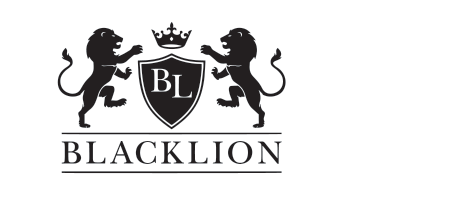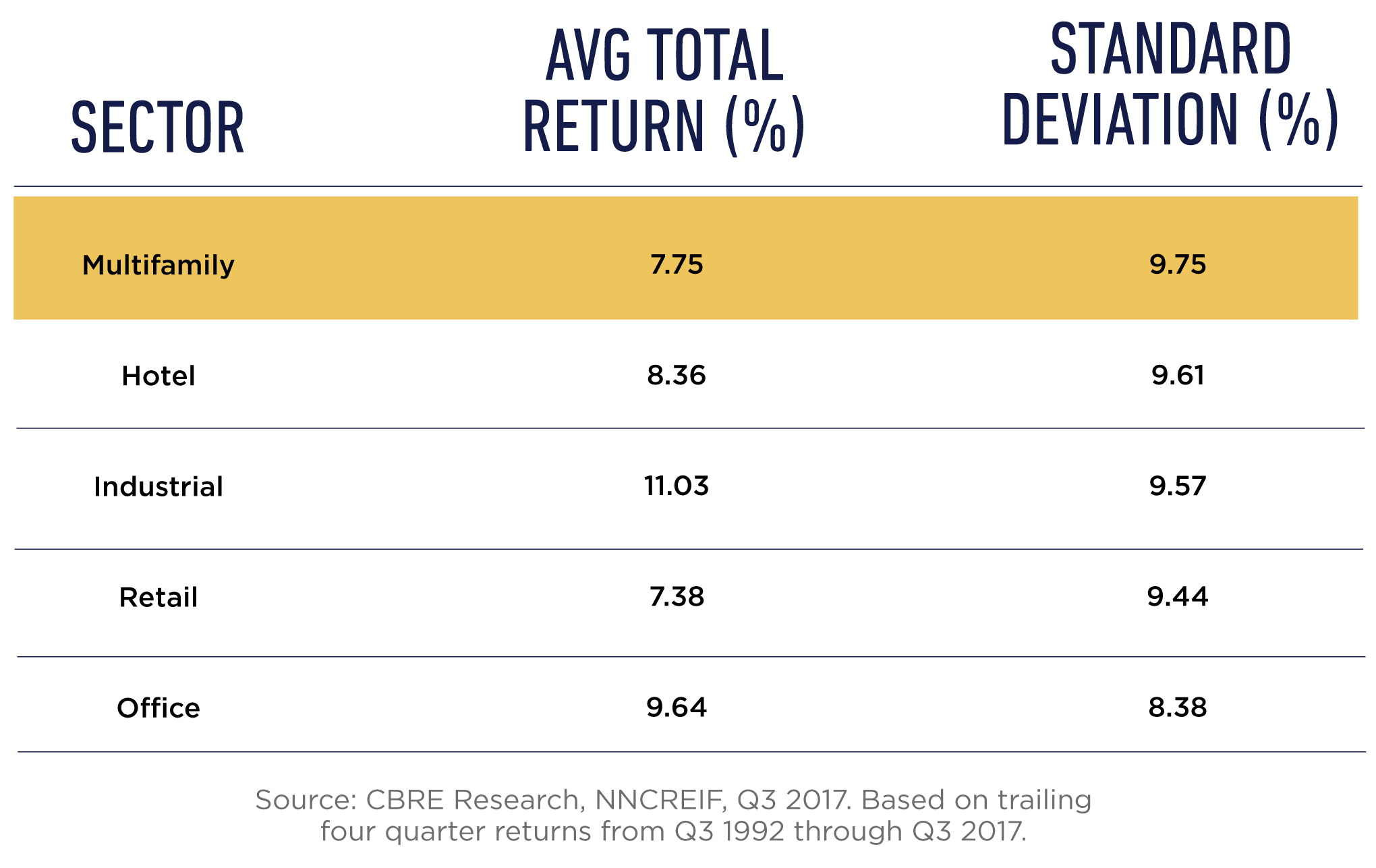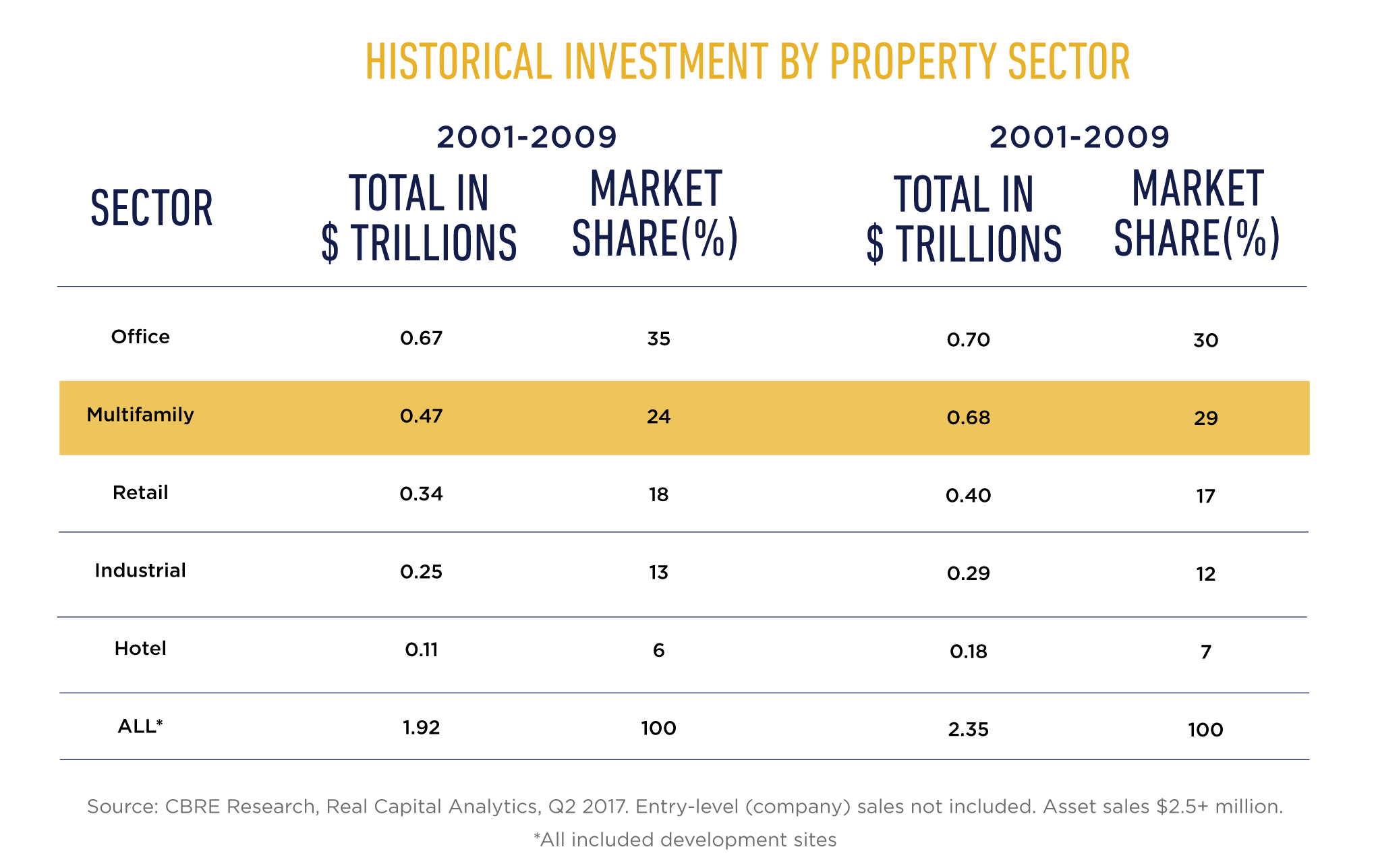MULTIFAMILY ASSET CLASS
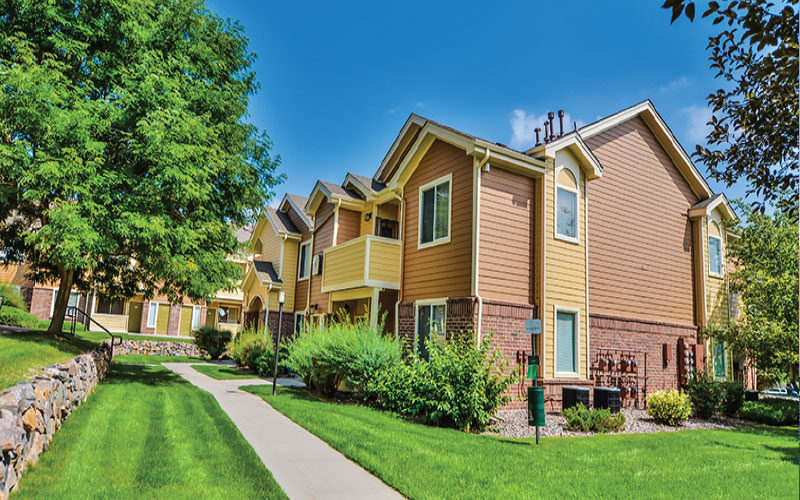
Typical Garden Apartments
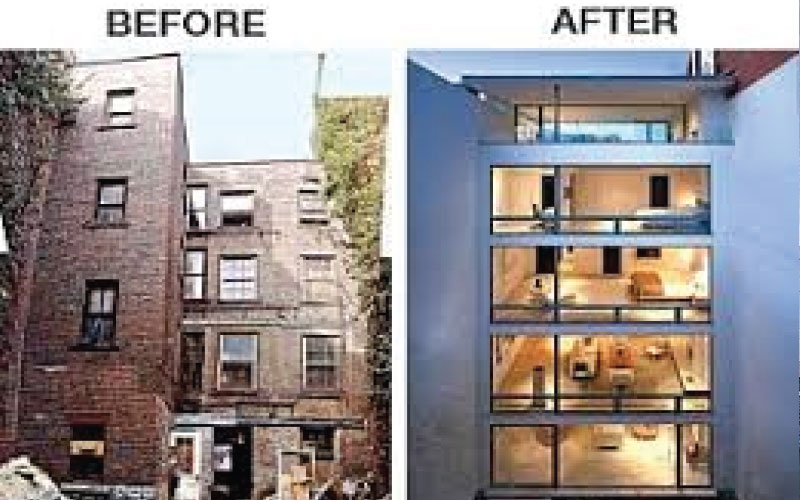
Rehab/ Redevelopment

Suburban Apartment Community
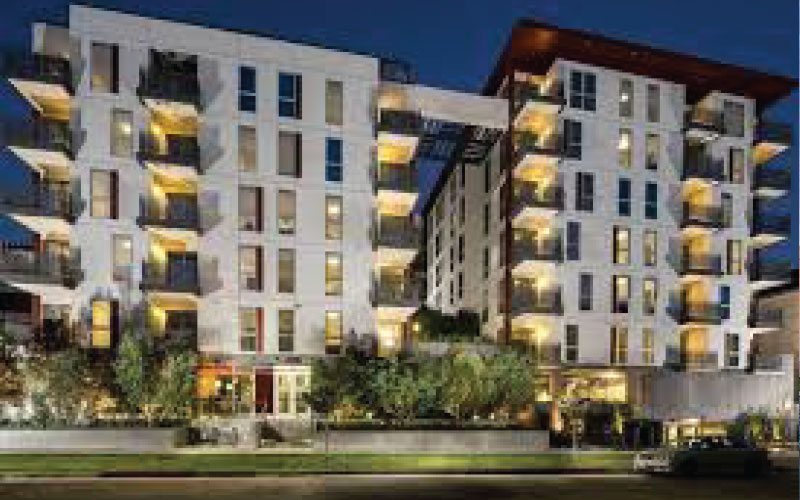
Urban, Mid, and High-Rise Apartments
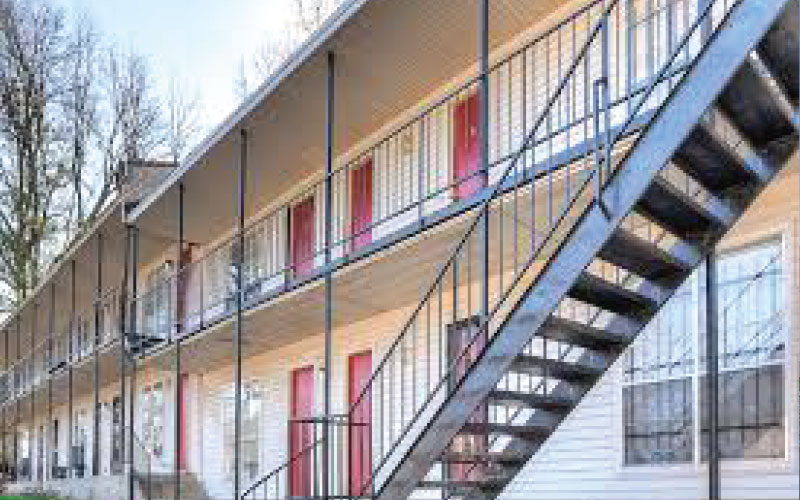
Workforce Apartments
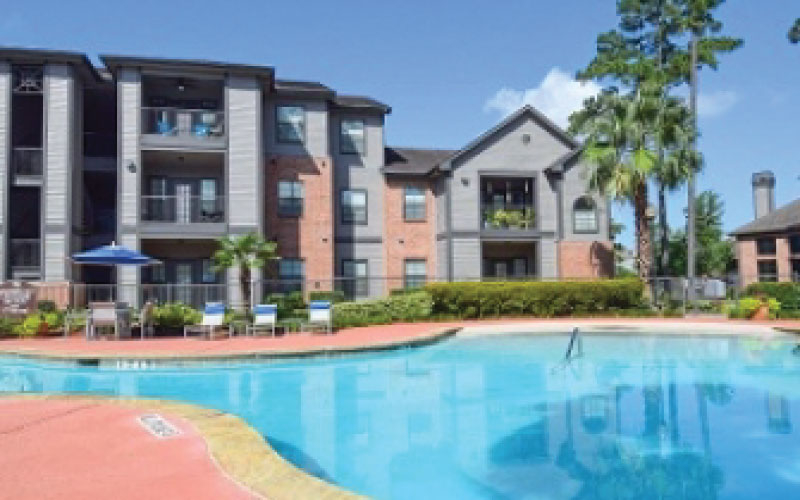
Typical Garden Apartments
MULTIFAMILY INVESTMENT CRITERIA
Property Type:
Garden-style; Mid-Rise and High-Rise Apartments
Asset Class:
A+ to C
Preferred Markets:
Property Size:
200 to 3,000 units (single or portfolio)
Pricing:
$8 Million to $250 Million (individual to portfolio acquisition)
Property Vintage:
1980’s to new construction (case-by-case for older vintages)
Investment Structure:
All cash to seller; Loan assumptions on a case-by-case basis.
Investment Objectives:
INDUSTRIAL AND LOGISTICS
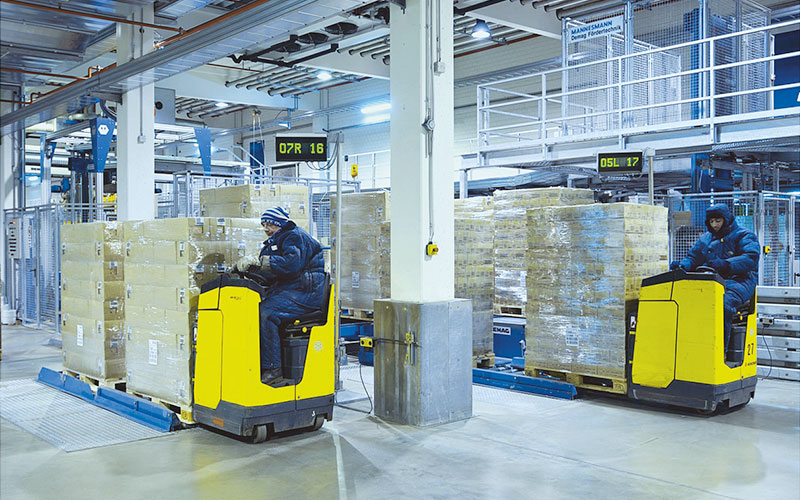
Cold Storage
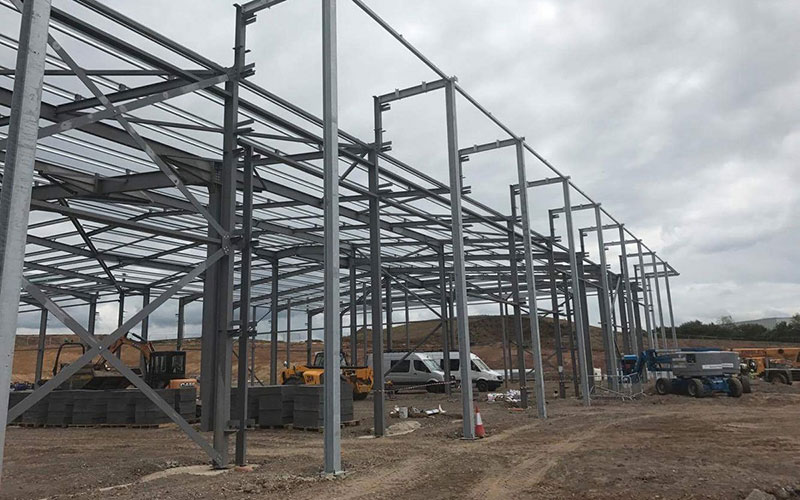
Re-purposing/Development

Last-Mile
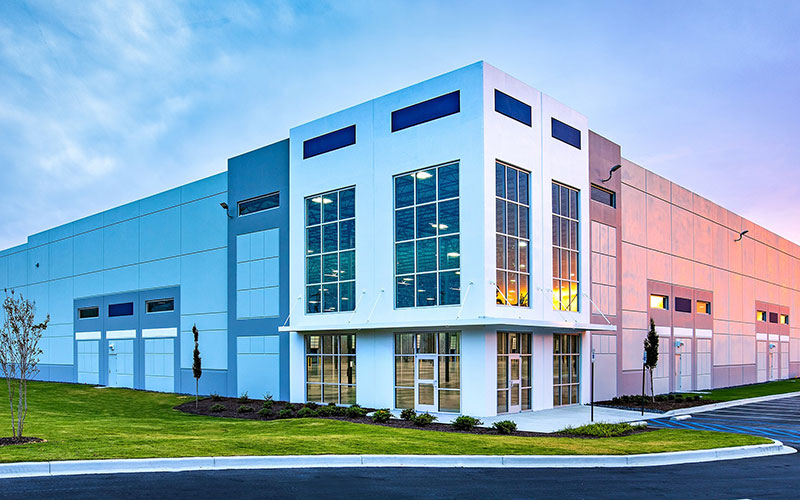
Multi-Tenant

Distribution
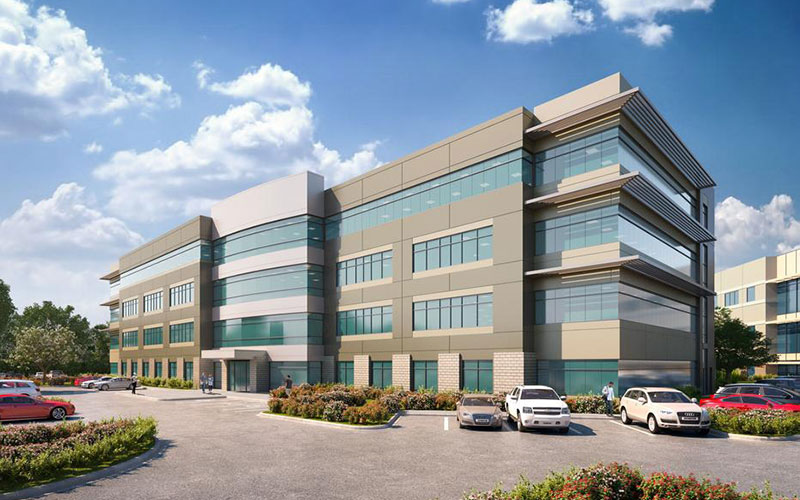
Flex-Office Park
INDUSTRIAL RATIONALE
Industrial Investment Criteria
Property Type:
Warehouse/Distribution (including cold storage), manufacturing/light assembly, R&D/Data Centers
Asset Class:
A+ to C
Preferred Markets:
Primarily transact in targeted secondary and select major US markets that:
Property Size:
100,000 S.F. (single) to 3,000,000 S.F. (portfolio)
Pricing:
$8.0 Million to $250 Million (individual to portfolio acquisition)
Property Vintage:
1970’s to new construction (case-by-case for older vintages)
Investment Structure:
All cash to seller; Loan assumptions on a case-by-case basis.
Investment Objectives:
Have a question?
contact us and we will be in touch with you as soon as possible
